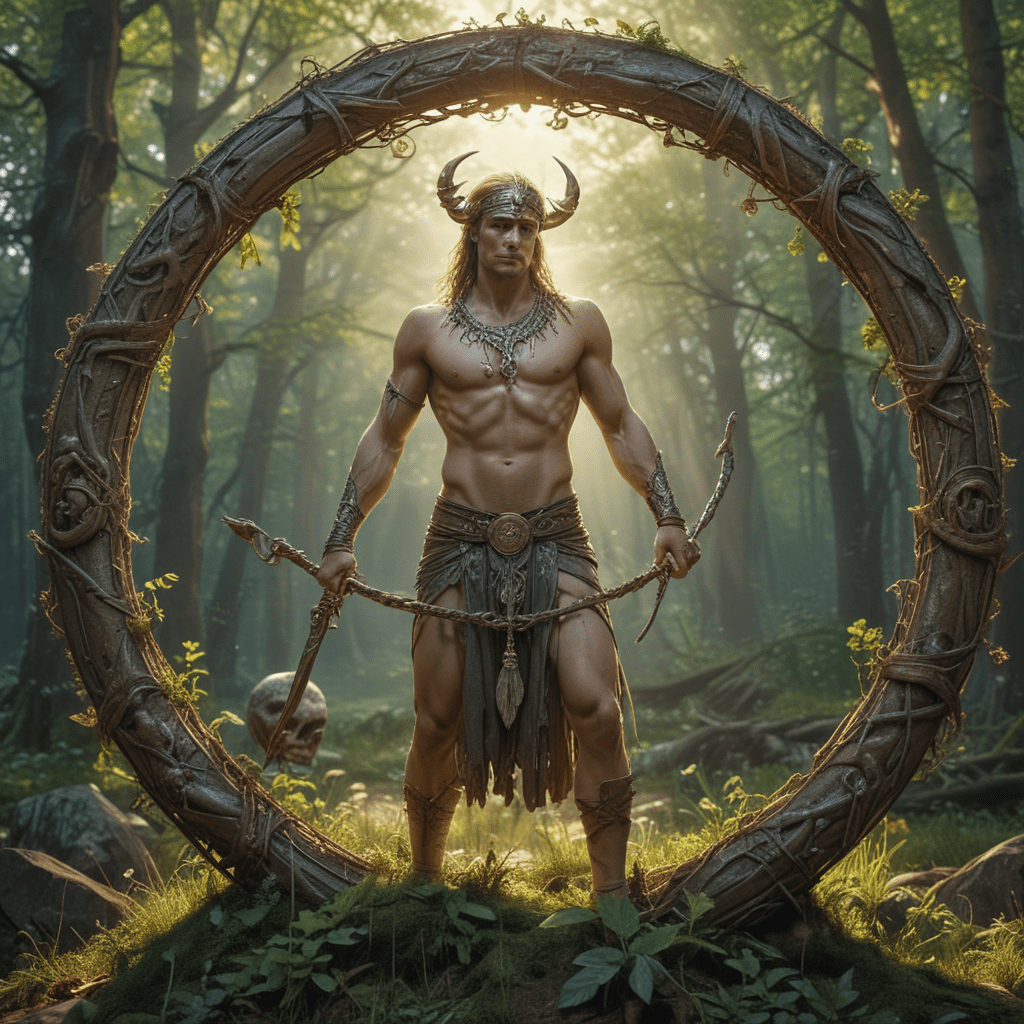The Influence of Finnish Mythology on Traditional Art
Finnish mythology is a rich tapestry of stories, beliefs, and characters that have influenced Finnish culture and art for centuries. Traditional Finnish art forms, such as visual arts, literature, and music, are deeply rooted in mythological themes and motifs.
I. Introduction:
Finnish mythology is a vibrant collection of traditional stories and beliefs that have been passed down through generations. These stories have played a significant role in shaping Finnish culture and identity, and they continue to inspire artists and creators today. Finnish mythology is full of fascinating characters, creatures, and events, and it provides a rich source of inspiration for artists of all kinds.
II. The Epic of Kalevala:
The Epic of Kalevala is a central part of Finnish mythology. It is a collection of poems that tell the story of the creation of the world, the adventures of the hero Väinämöinen, and the forging of the magical artifact, the Sampo. The Epic of Kalevala has been a major influence on Finnish art, literature, and music.
III. Nature and the Supernatural:
Finnish mythology is animistic, meaning that it believes that all things in nature have a spirit. This belief is reflected in Finnish art, which often depicts nature spirits and other supernatural beings. These beings are often depicted as beings of great power and wisdom, and they play an important role in the stories of Finnish mythology.
IV. Heroes and Legends:
Finnish mythology is also full of stories about heroes and legends. These heroes are often superhuman beings who have performed great feats of strength and courage. They are often depicted as role models for the Finnish people, and their stories are often used to teach moral lessons.
V. Symbolism and Motifs:
Finally, Finnish mythology is also full of symbolism and motifs. These symbols and motifs are often used to represent important concepts in Finnish culture. For example, the bear is often seen as a symbol of strength and power, while the swan is often seen as a symbol of beauty and grace. These symbols and motifs are often used in Finnish art to create a sense of depth and meaning.
VI. Sami Folklore and Art:
Sami folklore and art have also influenced Finnish traditional art. The Sami people are an indigenous group who live in the northernmost part of Finland. Their culture is closely tied to reindeer herding, and this is reflected in their art. Sami art often depicts reindeer and other animals, as well as scenes from everyday life.
VII. Folk Music and Storytelling:
Folk music and storytelling are also important parts of Finnish traditional art. Finnish folk music is often based on traditional melodies and rhythms, and it often tells stories about Finnish mythology and history. Storytelling is also a popular tradition in Finland, and many Finnish stories are based on mythological themes.
VIII. Modern Interpretations:
Finnish mythology continues to inspire contemporary artists. Many modern Finnish artists have created works of art that are based on mythological themes and characters. These works of art often reimagine traditional myths and legends in a new and contemporary way.
IX. Cultural Preservation:
Traditional Finnish art is an important part of Finnish cultural heritage. It helps to preserve Finnish mythology and history, and it provides a link to the past. Museums and organizations in Finland play an important role in safeguarding traditional art and ensuring that it is passed down to future generations.
X. Conclusion:
Finnish mythology has had a profound influence on traditional Finnish art. From the Epic of Kalevala to Sami folklore and modern interpretations, Finnish mythology has provided a rich source of inspiration for artists of all kinds. Traditional Finnish art is a valuable part of Finnish cultural heritage, and it continues to play an important role in Finnish culture and identity.
FAQ:
What are some of the most common symbols in Finnish mythology?
Some of the most common symbols in Finnish mythology include the bear, the swan, the snake, and the tree. These symbols often represent important concepts in Finnish culture, such as strength, beauty, wisdom, and life.
Who are some of the most important heroes in Finnish mythology?
Some of the most important heroes in Finnish mythology include Väinämöinen, Ilmarinen, and Lemminkäinen. These heroes are often depicted as superhuman beings who have performed great feats of strength and courage.
How has Finnish mythology influenced modern Finnish art?
Finnish mythology continues to inspire contemporary Finnish artists. Many modern Finnish artists have created works of art that are based on mythological themes and characters. These works of art often reimagine traditional myths and legends in a new and contemporary way.



